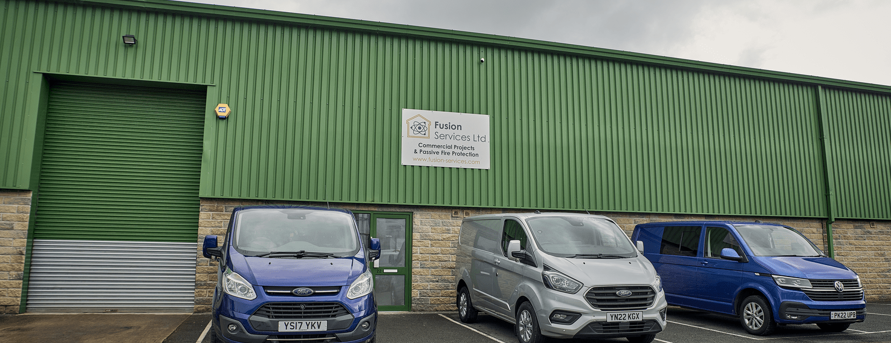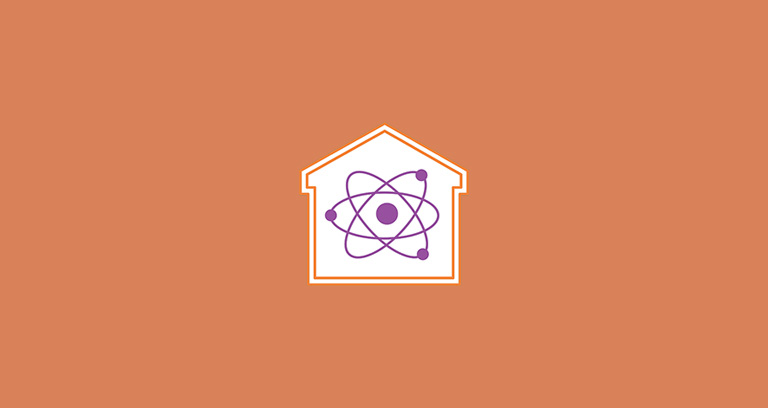At Fusion Services, we offer numerous Fire Stopping Solutions specifically focusing on Passive Fire Protection (PFP).
Passive Fire Protection refers to the use of building materials and structures designed to prevent or slow the spread of fire and smoke. It includes fire-resistant walls, floors, and doors, as well as firestops and coatings that enhance the fire resistance of structural components. PFP aims to contain fires within a limited area, ensuring the building's structural integrity and allowing safe evacuation.
Key Components of Fire Stopping
Fire and Smoke Curtain: A fire curtain is a safety device designed to prevent the spread of fire, smoke, and toxic gases within a building, without compromising its architectural design. Smoke curtains are slightly different and are designed to manage smoke movement in buildings, ensuring evacuation routes remain clear by containing and channelling smoke.
Cavity Fire Barriers: A cavity fire barrier is designed to prevent the spread of fire within concealed spaces or cavities in walls, floors, and ceilings. Cavity fire barriers are made from materials that can withstand high temperatures and provide a specific period of fire resistance, commonly ranging from 30 minutes to several hours.
Fire Rated Steel Beam Encasement: Steel encasement for fire protection is a method used in construction to enhance the fire resistance of structural steel elements. The primary purpose of steel encasement is to maintain the structural integrity of the steel for a longer period under fire conditions, preventing or delaying the collapse of the structure.
Penetration and Compound Seals & Installations: Penetration seals are designed to maintain the fire resistance of wall and floor assemblies when they are breached by penetrating items like electrical conduits, plumbing pipes, and HVAC ducts. These seals effectively close off the gaps around these penetrations, preventing the spread of fire, smoke, and toxic gases from one compartment to another. Compound seals are designed to seal larger openings or complex configurations in walls and floors that are penetrated by multiple services, such as cables, pipes, and ducts.
Dry Lining and Fire-Resistant Plasterboard: Dry lining involves the application of plasterboard or gypsum board to walls and ceilings, incorporating materials and techniques designed to enhance a building's resistance to fire. The key element in dry lining for fire protection is the use of fire-resistant plasterboard.
Fire Rated Ceilings: Fire rated ceilings are structural elements designed to contain fires and prevent them from spreading to other compartments or floors for a specified period. The rating of a fire rated ceiling, typically expressed in terms of time (e.g., 30 minutes, 1 hour, 2 hours), indicates the duration the ceiling can withstand exposure to fire before it fails to contain the fire.
Importance of Fire Stopping in Commercial Buildings
Life Safety: The primary purpose of fire stopping is to save lives by preventing the rapid spread of fire and smoke, allowing occupants more time to evacuate safely.
Property Protection: By containing a fire to its origin, fire stopping minimises damage to the building and its contents, potentially saving significant repair costs.
Legal Compliance: Building codes and regulations require adequate fire stopping measures in commercial buildings to meet fire safety standards. Failure to comply can result in penalties and legal liabilities.
Business Continuity: Reducing fire damage also means less downtime for businesses, helping to ensure continuity of operations and reducing financial losses.
Implementation and Maintenance
Professional Installation: Proper installation of fire stopping systems by certified professionals is crucial for their effectiveness. Incorrect installation can compromise the system's integrity.
Inspection and Maintenance: Regular inspections and maintenance are essential to ensure that fire stopping measures remain intact and functional over time, especially after building modifications or renovations.
Documentation: Keeping detailed records of all fire stopping materials and their locations within a building aids in maintenance and inspections, ensuring compliance with safety regulations.
Contact Fusion Services About Fire Stopping Solutions Today!
If you’re looking for fire stopping solutions, or would like more information on any of our services, please get in touch today.


